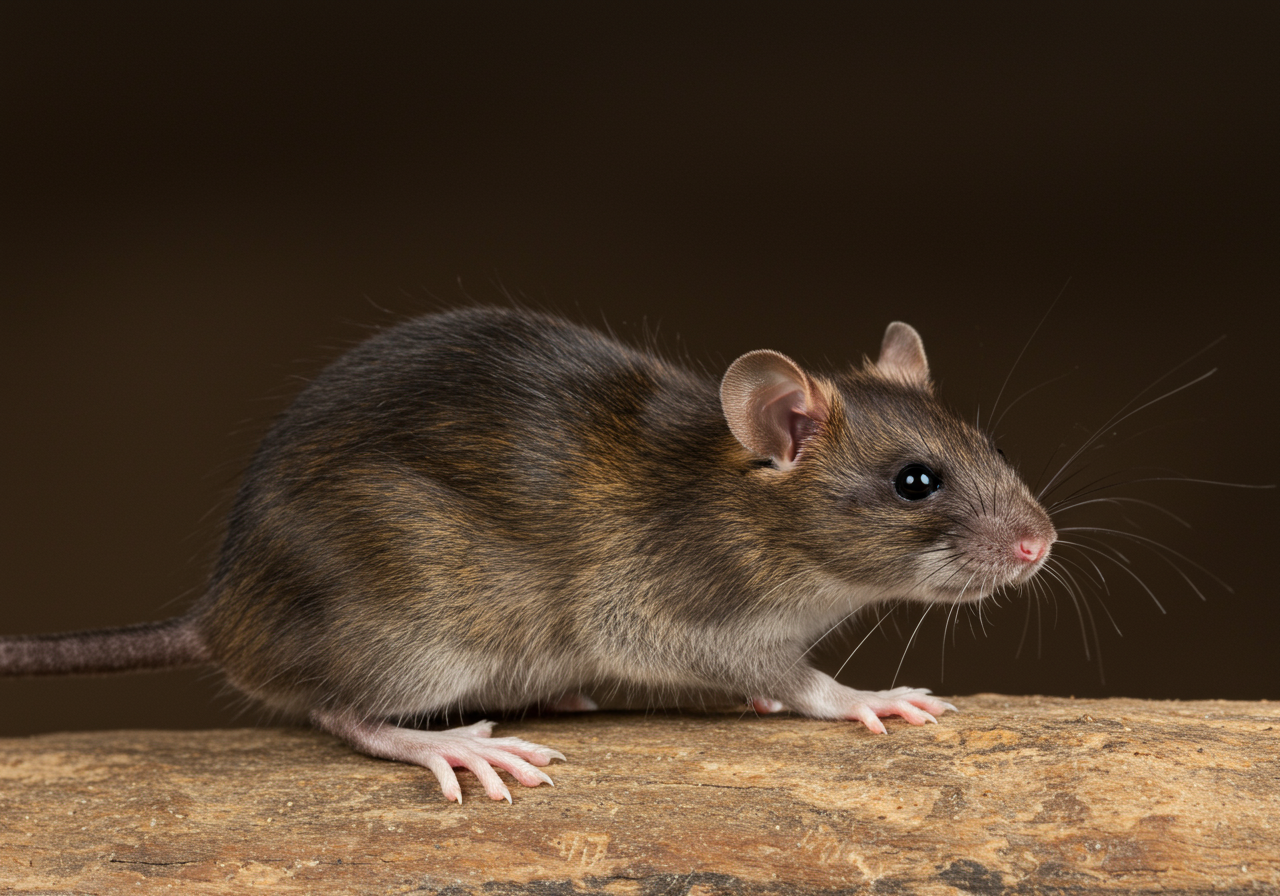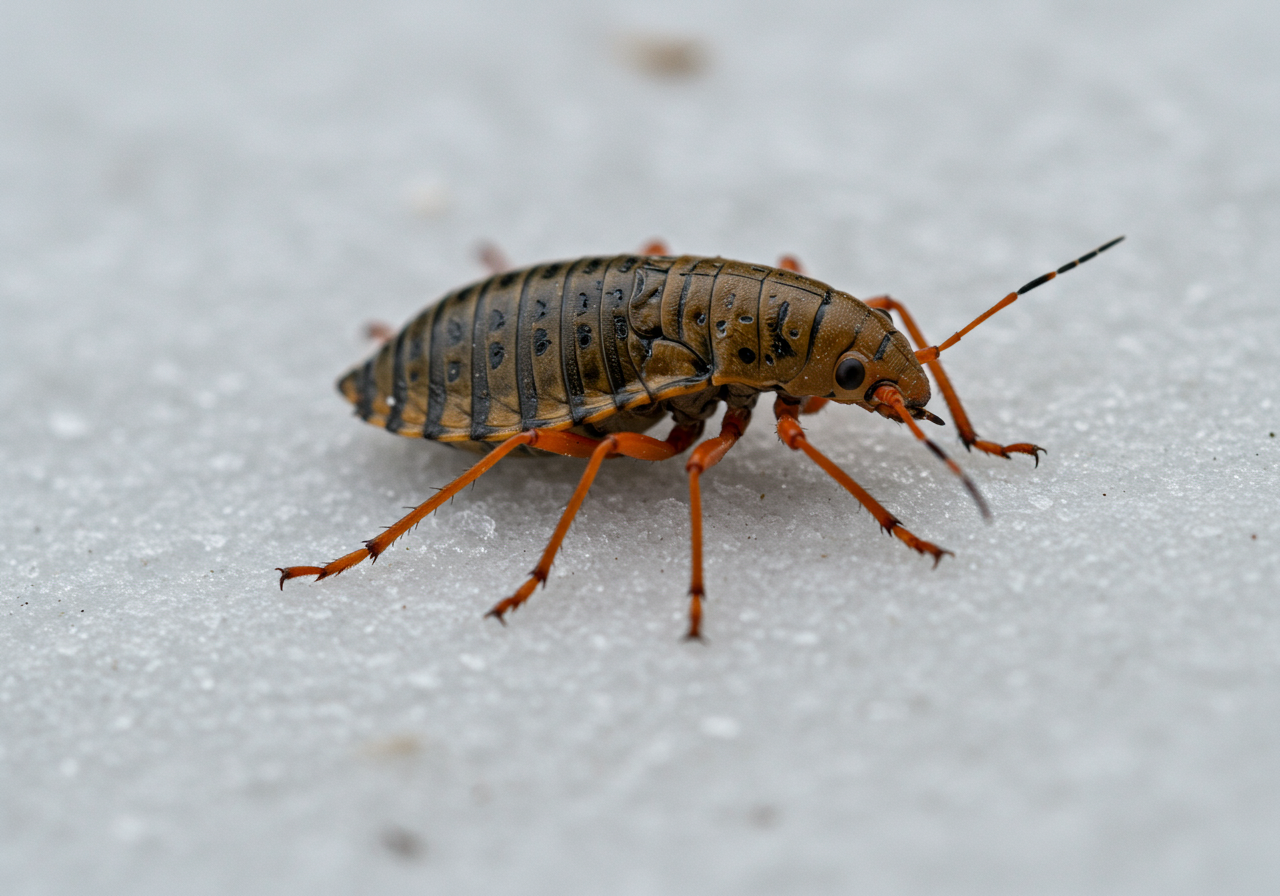
Mice vs. Rats: How to Identify Your Home's Unwanted Guests
Is that scurrying sound a tiny mouse or a larger rat? Discover the clear differences between mice and rats, learn how to spot their unique signs, and understand why proper identification is crucial for effective pest removal. Resolve Pest Management helps protect your home from both.
Mice vs. Rats: Spotting the Difference and Protecting Your Home
Finding signs of unwanted guests in your home can be unsettling. Often, homeowners know they have a rodent problem but aren't sure if they're dealing with mice or rats. While both are common pests, knowing the difference is crucial for effective removal. At Resolve Pest Management, we understand these tiny invaders and are here to help you identify them and keep your home safe.
Let's break down the key differences between mice and rats, what to look for, and why professional help is often the best solution.
The Size-Up: How Big Are They?
The most obvious difference between mice and rats is their size.
Mice: These are the smaller of the two, typically measuring between 2 to 4 inches long, not including their tail. Their bodies are slender, with large ears relative to their head size, and a thin, hairy tail that is usually as long as their body. They have a pointed snout. Think "cute, but still a pest."
Rats: Rats are significantly larger and chunkier. Depending on the species, they can range from 7 to 10 inches long, plus a tail that can be just as long or even longer than their body. Their ears are smaller in proportion to their head, and their tail is thick, hairless, and scaly. Rats have a blunter snout compared to mice.
The Tell-Tale Signs: Droppings and Damage
Even if you don't see the critters themselves, their messes can give them away.
Droppings: This is a key identifier.
- Mouse droppings are tiny, about 1/8 to 1/4 inch long, shaped like small rice grains, and pointed at both ends. You'll often find them scattered in large numbers.
- Rat droppings are much larger, usually 1/2 to 3/4 inch long, and resemble dark, pill-shaped pellets. The amount might be less than mouse droppings, but their size makes them hard to miss.
Damage: Both rodents gnaw on things, but the scale of the damage differs.
- Mice create small, neat holes, about the size of a dime. Their gnaw marks are fine and tiny. They're more likely to shred paper or fabric for nesting material.
- Rats cause much larger, rougher gnaw marks and holes, often the size of a quarter or bigger. They can chew through tougher materials like plastic pipes, wood, and even softer metals. They're known for damaging electrical wires, which can be a fire hazard.
Behavior and Habits: What Do They Do?
Understanding how mice and rats behave can also help you identify your unwelcome guests.
- Activity: Both mice and rats are primarily nocturnal, meaning they're most active at night. If you hear scratching or scurrying noises after dark, it's a good sign you have rodents.
- Curiosity vs. Caution: Mice are more curious and adventurous. They'll explore new food sources and objects quickly. Rats, on the other hand, are quite cautious. They tend to be wary of new things in their environment (a trait known as "neophobia") and might avoid new traps or bait for several days. This makes them harder to catch with DIY methods.
- Reproduction: Both species can reproduce rapidly. A single female mouse can have 5-10 litters per year, with 5-6 pups per litter. Rats are also prolific, with a female producing around 5-6 litters annually, each with 7-10 pups. This rapid breeding means a small problem can quickly become a large infestation if not addressed promptly. It's estimated that a pair of rats can lead to over a thousand descendants in a single year under ideal conditions!
Why It Matters: The Risks to Your Home and Health
Regardless of whether you have mice or rats, ignoring a rodent problem is never a good idea. Both pose significant risks:
- Health Hazards: Rodents can carry and spread various diseases, including Hantavirus, Salmonellosis, and Leptospirosis, through their droppings, urine, and saliva. They can also introduce fleas, ticks, and mites into your home.
- Property Damage: Beyond the gnawing on wires (a significant fire risk), rodents can contaminate food, damage insulation, chew through pipes, and ruin furniture and stored items. The cost of repairs can quickly add up. Studies show that rodents are responsible for billions of dollars in damage annually in the U.S.
Don't Tackle It Alone: Professional Rodent Control is Key
Because mice and rats differ in behavior, what works for one might not work for the other. DIY solutions often fall short because they don't address the root cause of the infestation or the specific habits of the rodent type.
That's where Resolve Pest Management comes in. We specialize in effective Rodent Control services designed to tackle both mice and rats. Our trained experts know how to identify the specific rodent species, locate their entry points, nesting sites, and food sources, and implement a targeted treatment plan.
Our services include:
- Thorough Inspections: We'll carefully assess your property to identify the type of rodent and the extent of the infestation.
- Customized Treatment Plans: We use a combination of strategies, including traps, baits, and exclusion methods, tailored to your unique situation.
- Exterior Rodent Bait Stations: These are a great way to prevent rodents from even getting inside your home, managing populations before they become an indoor issue.
- Seasonal Pest Protection Plans: Rodents often seek warmth and food indoors as seasons change. Our ongoing protection plans help keep your home rodent-free year-round.
- Family- and Pet-Friendly Solutions: Your safety is our priority. We use methods that are effective against pests while being mindful of your family and pets.
- 24-Hour Emergency Pest Control: If you have an urgent rodent problem, we're available to respond quickly.
Our S.T.I.N.G. promise — Service, Trust, Initiative, Nurture, and Grit — ensures that you receive the highest quality care and lasting results.
Serving Your Local Community
Resolve Pest Management is proud to protect homes and businesses across Ocean County, NJ, and Monmouth County, NJ. Whether you're in Toms River, Brick, Lakewood, Bayville, Manahawkin, Middletown, Howell, Freehold, Long Branch, or any of the surrounding towns, our local experts are ready to provide reliable, effective rodent control.
Don't let mice or rats take over your home. If you suspect you have a rodent problem, big or small, don't hesitate to reach out. Contact Resolve Pest Management today at (732) 527-5770 or email us at Office@resolvepestmanagement.com to schedule an inspection and get a lasting solution. We're available 24/7 to help you reclaim your peace of mind!
More Blogs
Some other blogs you might be interested in



